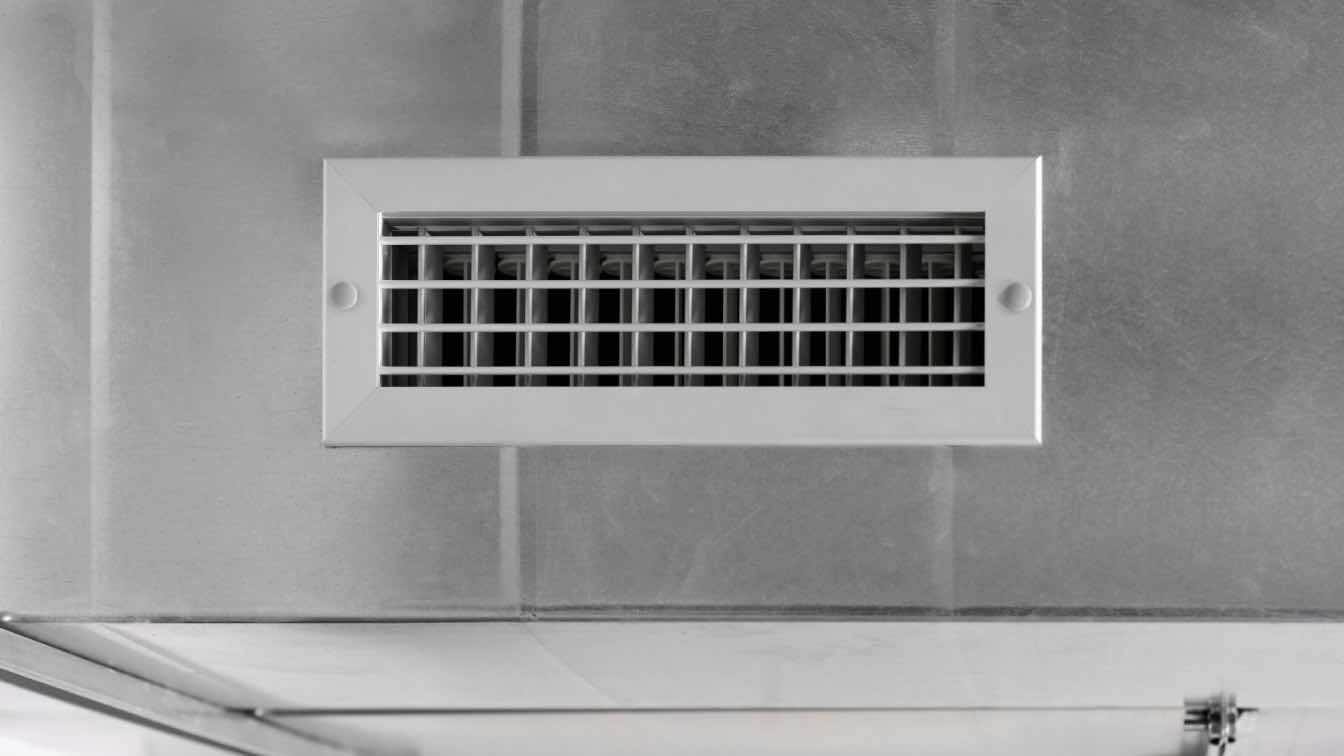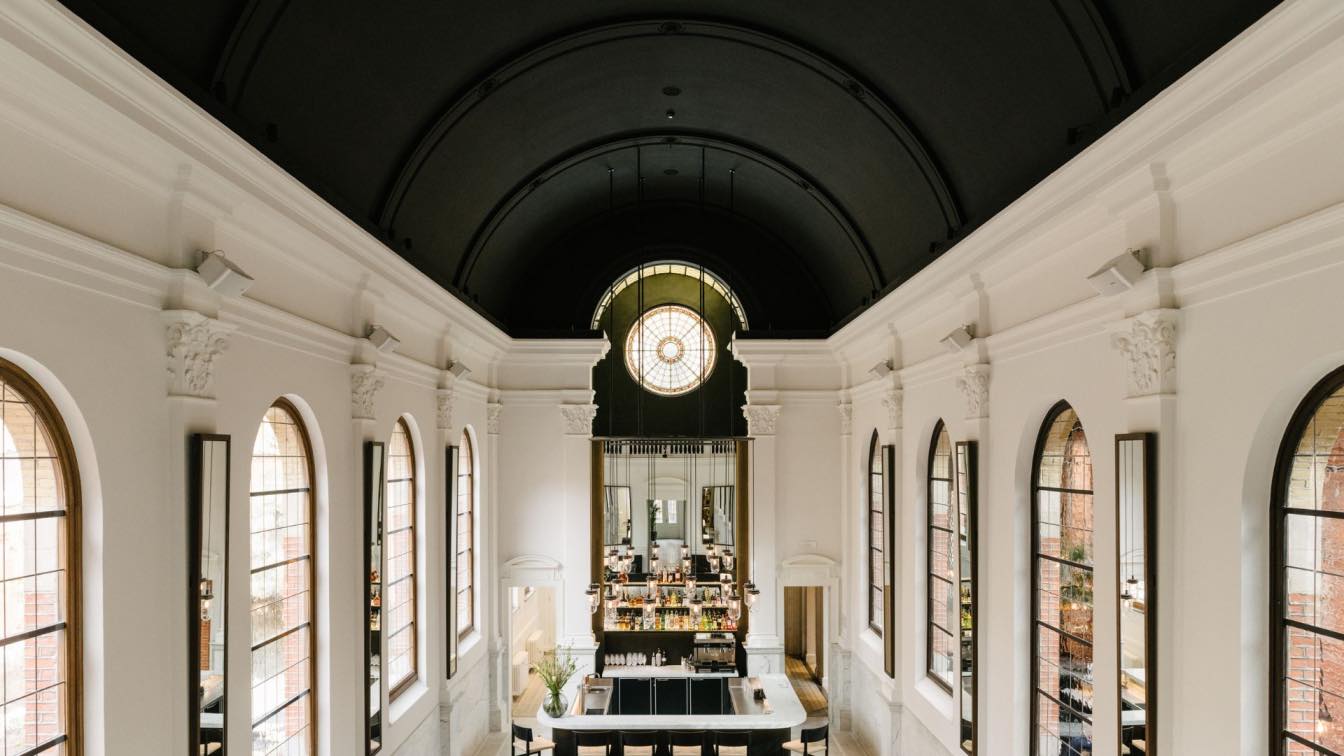In the world оf architectural painting, transforming a space with color requires not just an eye for aesthetics, but also the right tools for the job. Graco paint sprayers оn Bolair offer a powerful solution for tackling large projects like walls and ceilings.
This comprehensive guide delves into every step оf the architectural painting process, from choosing the perfect color and surface preparation tо application techniques and finishing touches. Whether you're a seasoned professional оr a DIY enthusiast, this article equips you with the knowledge and tools tо achieve a flawless, professional finish іn anyroom.
Choosing the Right Color
At the start of any architectural painting project, choosing the appropriate colors should be your top priority. A good architectural painter should walk you through this step together while taking into account any comments you might provide on their behalf.
Color can dramatically change the atmosphere in a room, from vibrant red or yellow hues that create an upbeat environment, to cooler tones such as blue, green or purple that create more serene environments for quieter moments.
Selecting the ideal paint for each surface is also crucial, with walls and ceilings needing paints able to withstand repeated cleaning with chemicals, while wood and metal surfaces may require special formulations that prevent corrosion. Many companies now provide high-durability paints which combine both paint and primer in one product for easier application and cost savings in terms of less frequent repainting and maintenance needs.
Preparing the Surface
Architectural painting companies must be equipped to work on various surfaces. Metal and wood require special formulations that prevent chipping or rusting; in contrast, walls and ceilings may crack easily so require paint with strong protective layers to cover cracks or chips in their surfaces.
Preparing the surface for painting is of utmost importance when undertaking any painting project, including cleaning, scraping, sanding, patching and priming. In order to ensure proper adhesion between paint and surface it is always wise to test on a small section first and ensure all is in working order before beginning full scale projects.
Cover any furniture and flooring with drop cloths to protect from paint stains, and mask any trim to be painted using special masking tape for optimal results without smudging. This will enable painters to achieve crisp, sharp lines without smudging.
Applying the Paint
As soon as you begin painting, one key step should be ensuring you have all of the tools and materials needed for the task. You should have access to an appropriate brush or roller, ladder and painter's extension pole if applicable for high ceilings; moreover, enough paint may need to be purchased; remembering two coats might be needed before achieving desired color results.
Finally, you will need to secure furniture and spread drop sheets before cleaning walls and applying a thin coat of primer. After this has dried completely, you can begin adding color.
To achieve a professional finish, it's essential to "cut in" where walls meet trim and ceiling lines using a small brush - this takes practice! Achieve an even and consistent surface without lap marks, ridges or streaking is key for an ideal result.
Finishing the Job
Like architects must consider colors and textures when planning projects, as well as light exposure on surfaces, painters must sculpt their composition with similar considerations in mind when using architectural painting methods for walls, ceilings or any other surface design projects.
Understanding perspective is the cornerstone of architectural painting, providing artists with the foundational tools necessary for this genre. Once grasped, painters can then experiment with various techniques and styles until finding their unique voice - ultimately becoming better architectural painters over time. Mastering Graco paint sprayers can also prove invaluable as these devices make getting an even coat easier while saving time!





